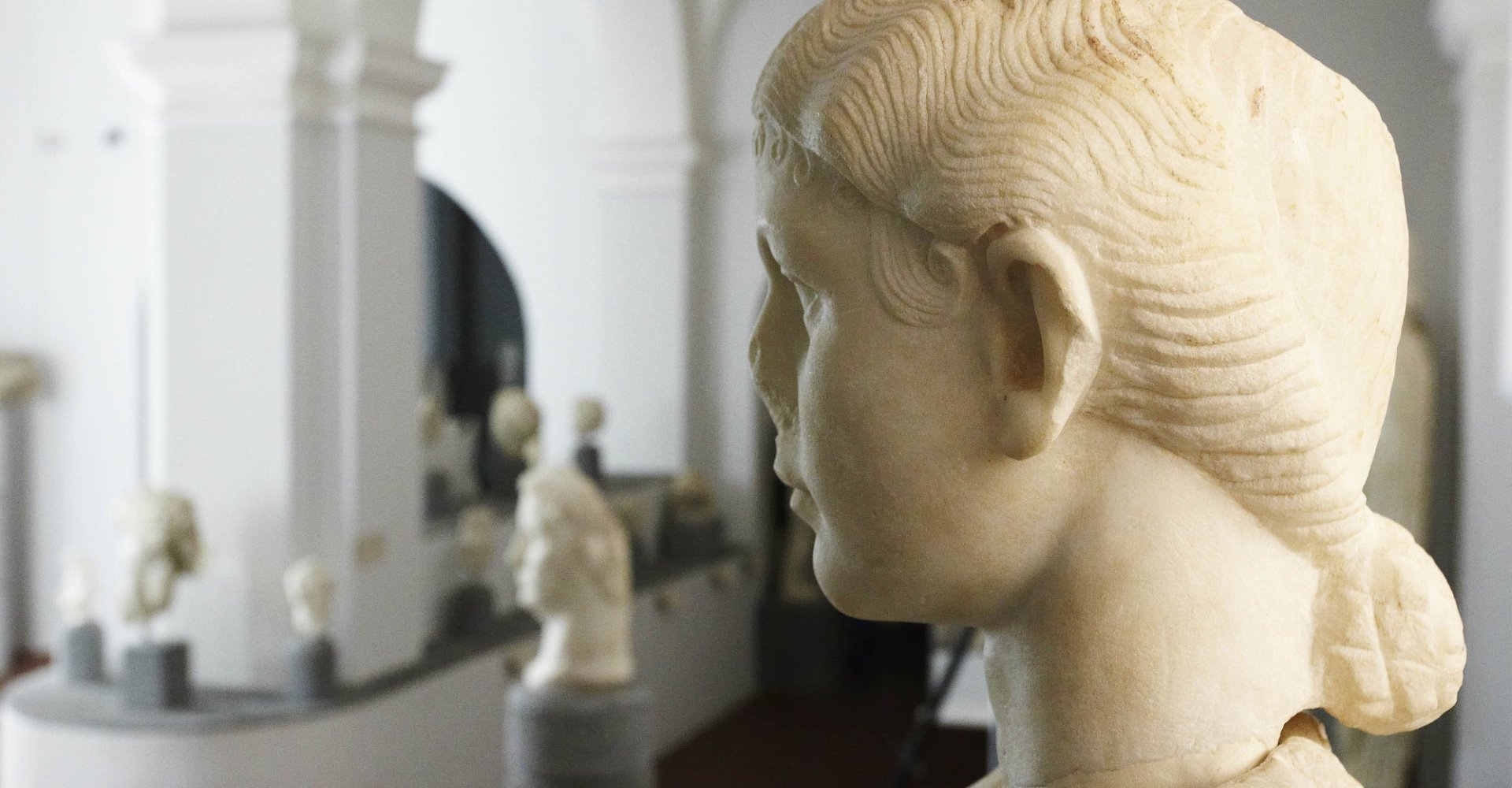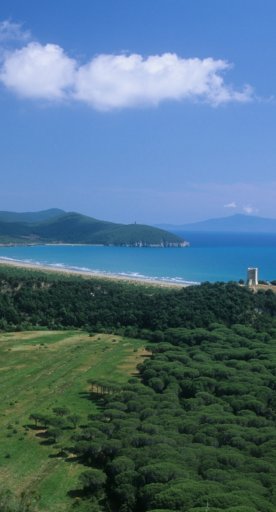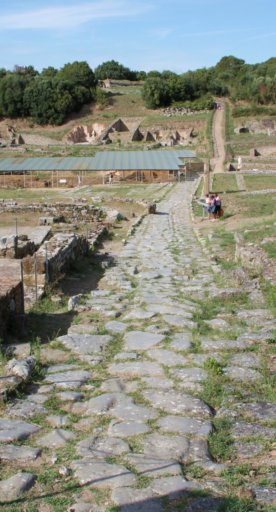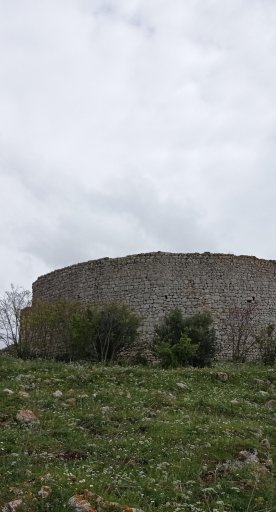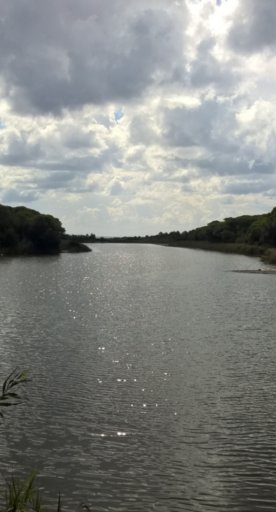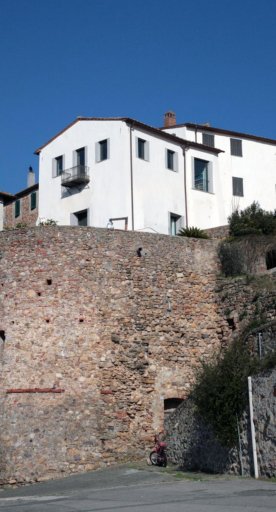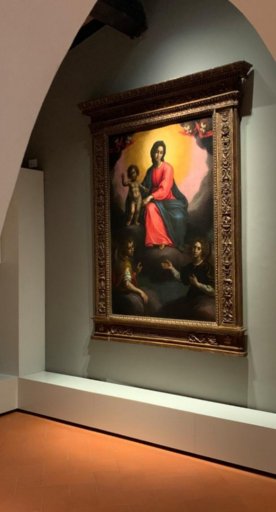The Museum of Maremma Archaeology and Art
One of the most important collections of Etruscan artifacts are on display here in Grosseto
The Maremma Archaeology and Art museum in Grosseto opened to the public in March 1860 thanks to the ecclesiast Giovanni Chelli when Grosseto was still a village of 4000 people surrounded by the Medician walls.
The entire name in italian is MAAM, Museo Archeologico e d’Arte della Maremma - Museo di Arte Sacra della Diocesi di Grossetoand you can find it in the court building. It covers the whole history of the Maremma, from prehistory to the birth of the Etruscan cities, from the Roman conquest to the Middle Ages and up to the modern age, through documentations, archeology and art.
In the first section you can see the Giovanni Chelli’s collection made of many Etruscan finds - like urns - coming from Chiusi and Volterra. The most important object here is a bucchero bowl from the 6th century with the Etruscan alphabet written on. Its provenance is still uncertain, it may be from Roselle or the southern Etruscan area.
The leading part of the second section is dedicated to the ancient Etruscan town of Roselle, founded at the end of the Iron Age, conquered in 294 BC by the Roman Empire and then a bishop's seat documented since the end of the 5th century. The exhibition shows how the town survived and changed through the history in all its phases.

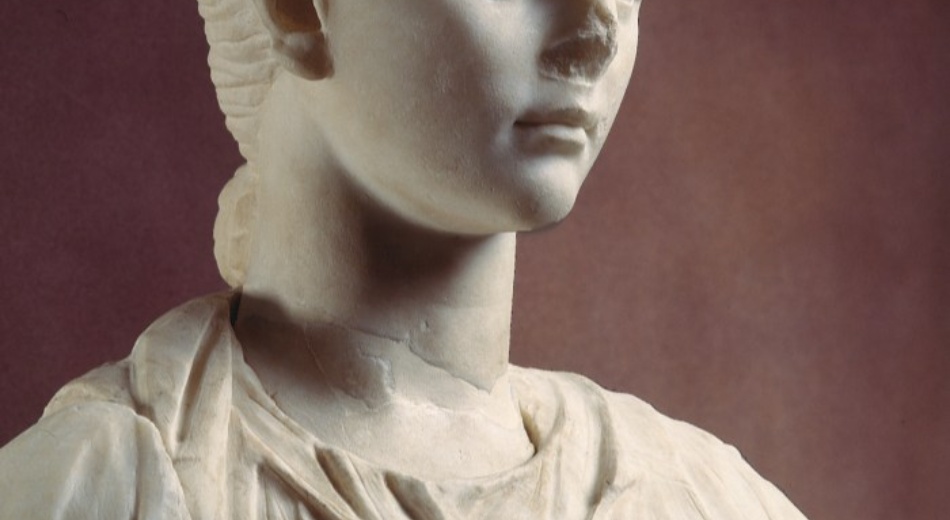
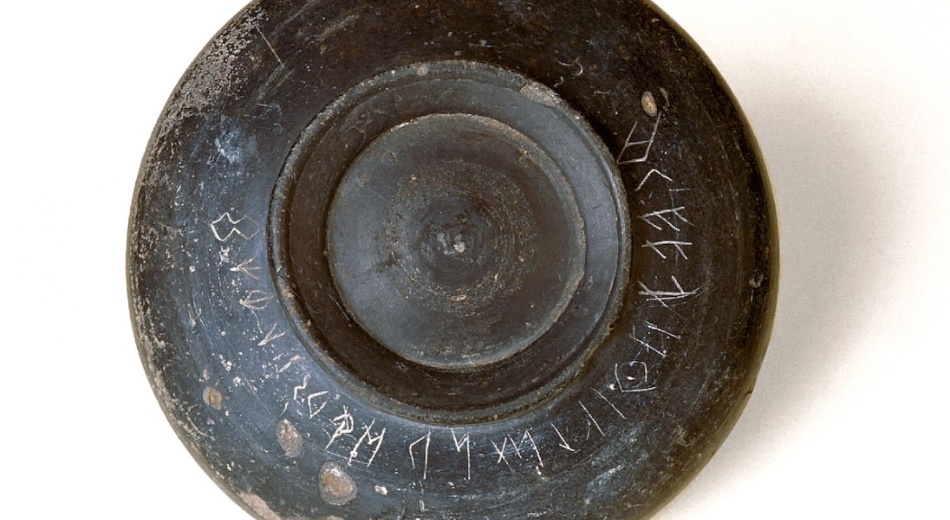
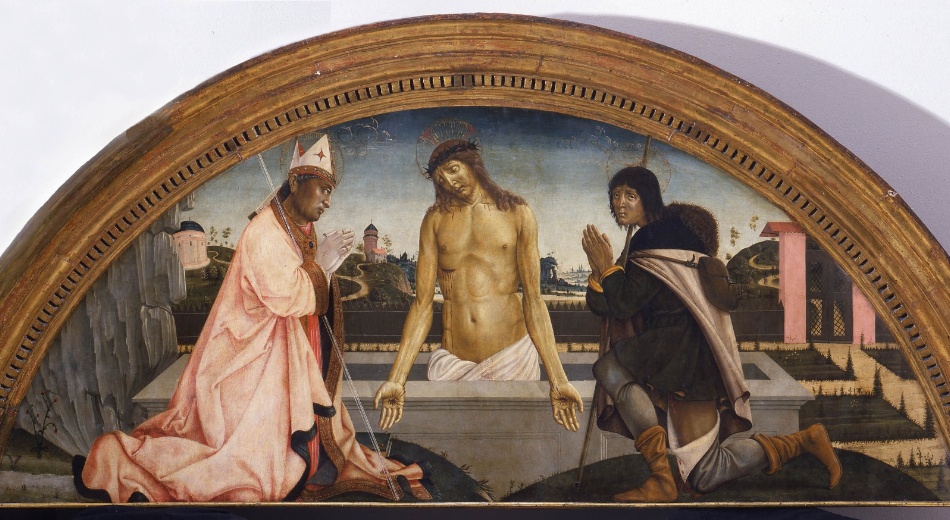
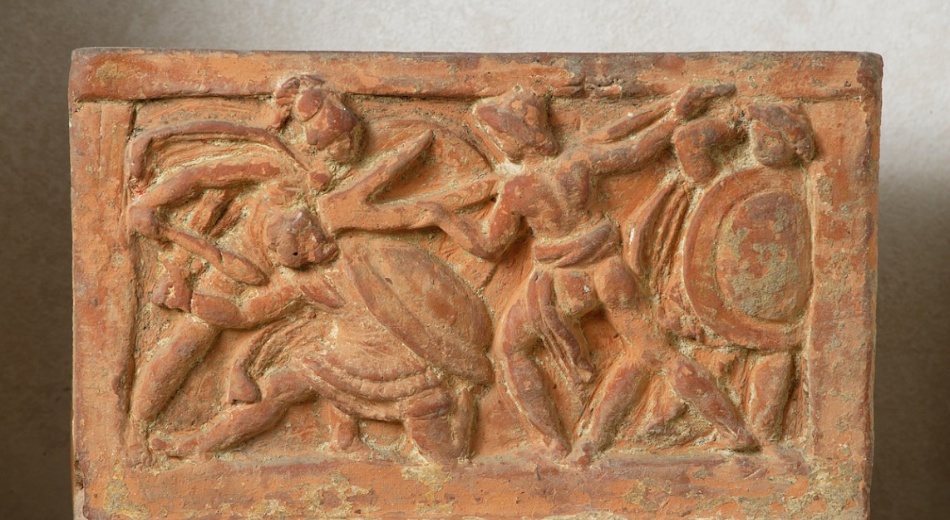
Going up to the second floor you are surrounded by other archaeological remains belonging to the Grosseto area, from Prehistory up to late Ancient Age. In this section you can find documents from the Palaeolithic to the Iron Age, followed by an exhibition of Oriental-style objects, but also many documents from the Archaic Age, some of them about commerce, together with Etruscan, Greek and Carthaginian amphorae.
The first two floors of the building are full of archaeological finds, whereas the rest of the structure is dedicated to sacred art. The Diocesan Museum has been connected to Archaeological Museum since 1975 and contains private collection of the founder, Monsignor A. Cappelli. All the works of art taken from diocesan churches are valuable and were mostly painted by Sienese artists.
The Last Judgment of the 13th century is attributed to Guido da Siena, the Cristo in Pietà by Pietro di Domenico (late 15th century), the Madonna di Girolamo di Benvenuto (early 15th century), the Madonna delle Ciliege made by Sassetta (mid-fifteenth century) from the Cathedral of San Lorenzo. The last rooms of the museum present the history of the city of Grosseto.
The journey ends visiting the fifth section of the museum dedicated to history of Grosseto with archaeological finds that date back to Classical Age.
Accessibility information: comune.grosseto.it
